Nanjing Massacre Exhibit Overseas Tour Selected for State Administration of Cultural Heritage’s Civilization Bridge Program—Top International Exhibition Project
Today is the 2025 International Museum Day. The Main Venue in China event is held in Beijing, where the list of the "Civilization Bridge Program—Top International Exhibition Project" is announced. Rao Quan, Deputy Minister of the Ministry of Culture and Tourism and Director of the State Administration of Cultural Heritage, attends the opening ceremony and launches the project. Our memorial's application for the "Memory of the World Vision for Peace Exhibition of the Nanjing Massacre" has been selected. The exhibition will focus on the 80th anniversary of the victory of the Chinese People's War of Resistance Against Japanese Aggression and the World Anti-Fascist War, as well as the 10th anniversary of the Nanjing Massacre archives being included in the Memory of the World. It aims to promote the correct view of World War II history, express the Chinese people's unwavering desire for a path of peaceful development, and call on people to remember history, never forget the past, cherish peace, and create a better future.

▲Rao Quan, Deputy Minister of the Ministry of Culture and Tourism and Director of the State Administration of Cultural Heritage, Liu Yuzhu, Chairman of the China Foundation for Cultural Heritage Conservation, and Pansy Ho, Vice Chairman of the China Foundation for Cultural Heritage Conservation and Chairman of Shun Tak Holdings Limited, launched the "Civilization Bridge Program—Top International Exhibition Projects."
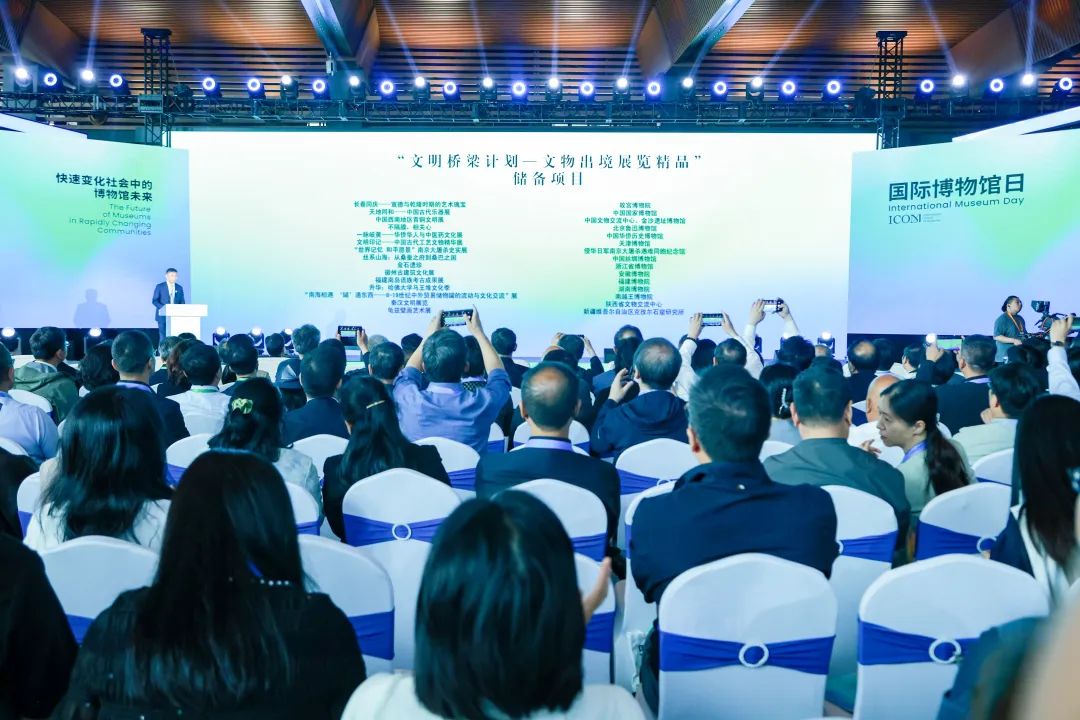
▲"Civilization Bridge Program—Top International Exhibition Projects"
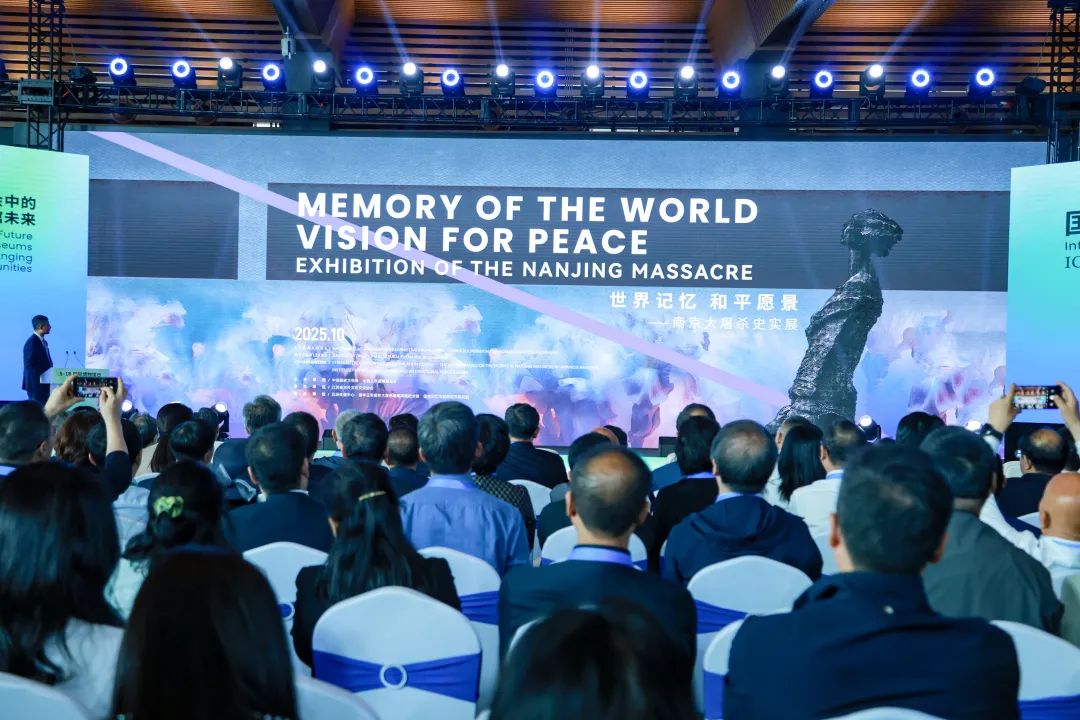
▲Our memorial application for the "Memory of the World Vision for Peace Exhibition of the Nanjing Massacre" has been selected for the "Civilization Bridge Program—Top International Exhibition Projects."
Building a "Bridge of History"
Awakening Shared Memories of World War II
In recent years, the memorial has intensified the international dissemination of the historical facts of the Nanjing Massacre, holding exhibitions in countries such as France, the Czech Republic, Belarus, Denmark, Spain, and Hungary. Through the "World Memory" of the Nanjing Massacre, it envisions a "vision of peace" where all share a common destiny.
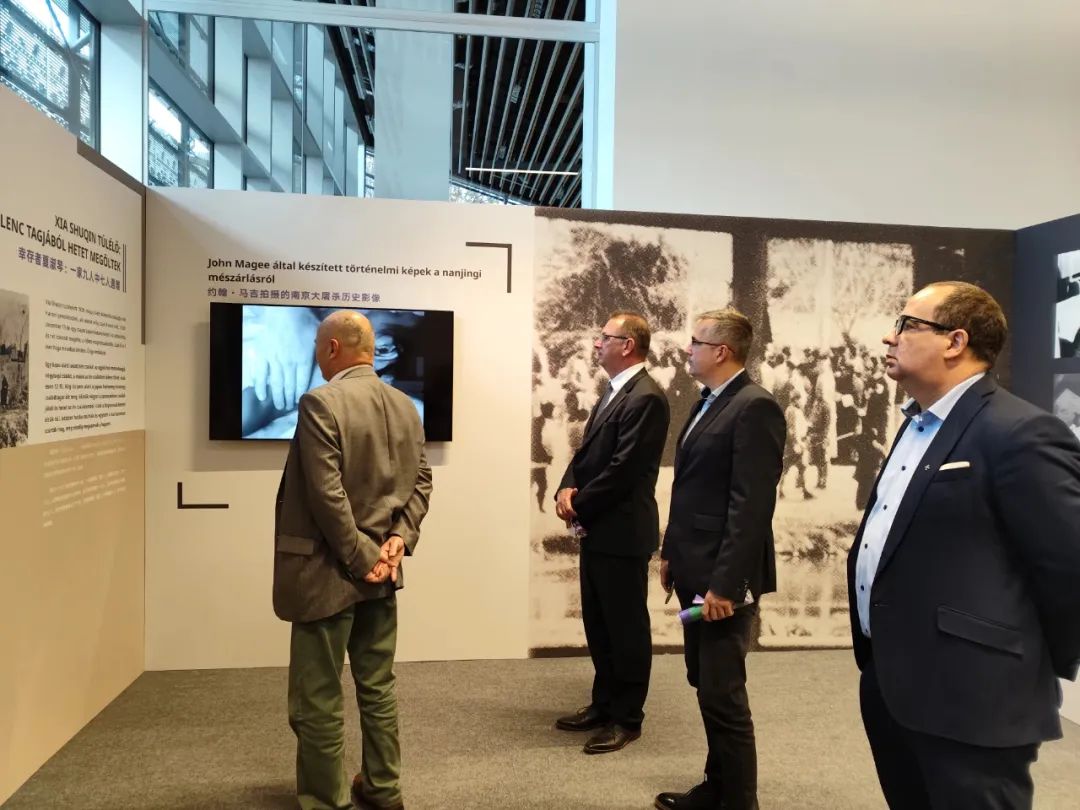
▲The "Memory of the World Vision for Peace Exhibition of the Nanjing Massacre" opened in Budapest, Hungary.
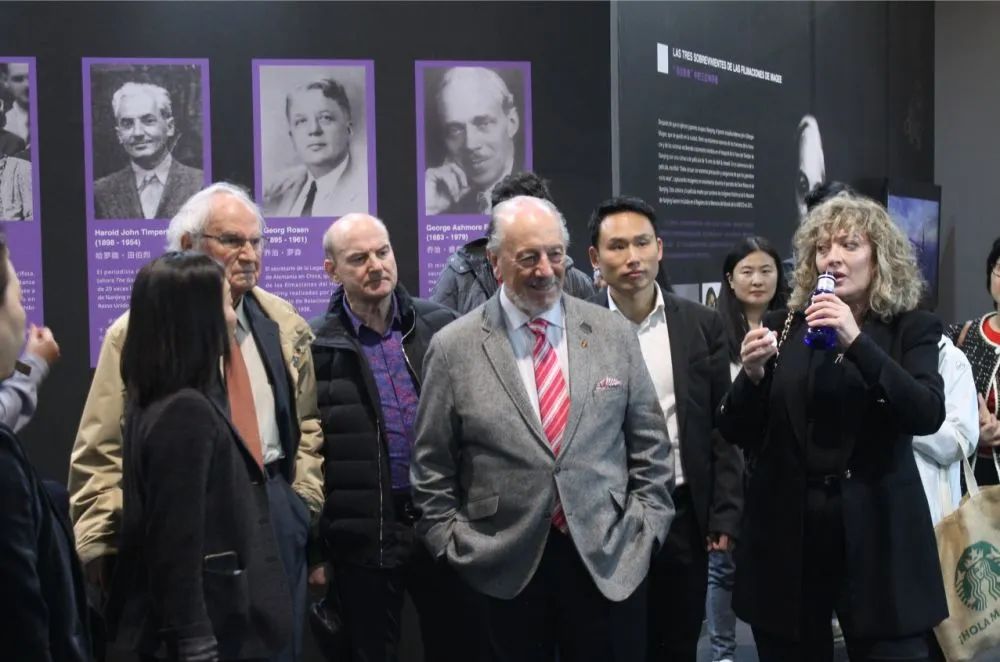
▲The "Memory of the World Vision for Peace Exhibition of the Nanjing Massacre" opened in Madrid, Spain.
The memorial adheres to the exhibition philosophy of "one country, one policy" and "one group, one policy." It first profiles the host country or region, ensuring that each overseas exhibition is consistent in spirit while also having its own focus, making the audience feel that the exhibition is "relevant to me." Overseas exhibitions are structured around the historical logic of the World Anti-Fascist War, combining the characteristics of the host country to find common ground in historical background, similar experiences, humanitarian spirit, and post-war commemoration. This approach increases the number of intersection points and fosters a shared understanding among different audiences.

▲The exhibition begins with a timeline of fascist aggressions, using a global map to highlight the Nanjing Massacre as one of the international massacres during World War II, introducing the atrocities of Japanese militarism from a worldwide perspective.
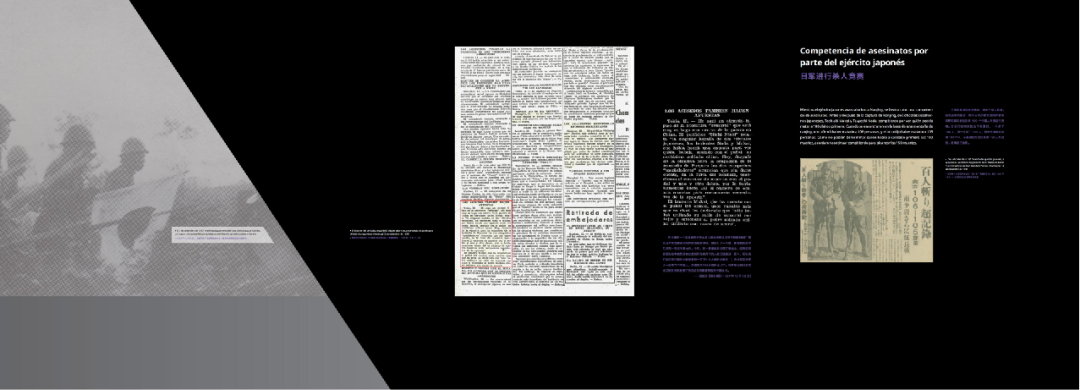
▲In Spain, the exhibition featured a December 13, 1937, report from the Spanish newspaper Flood on the "killing contest" by Japanese troops in Nanjing.
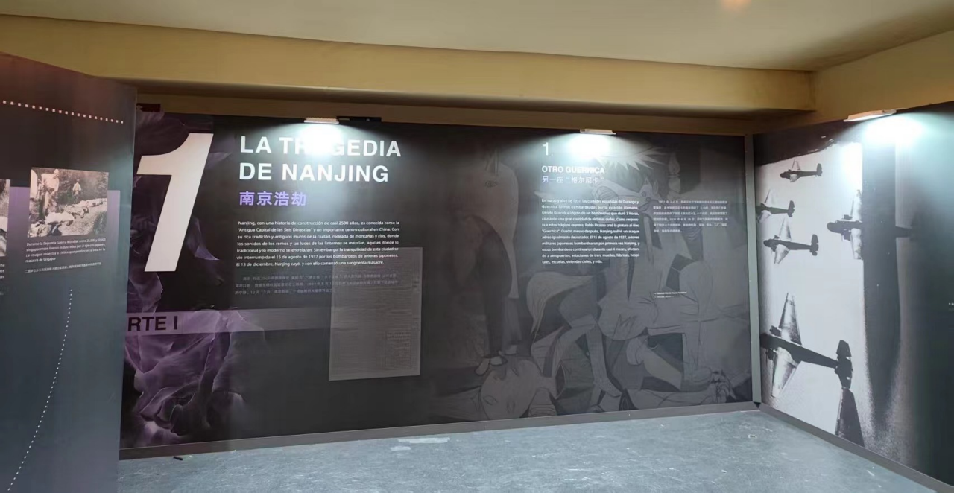
▲The Spanish exhibition compared 1937 Nanjing to Guernica, linking the histories of the Spanish town and Nanjing, both bombed by fascists.
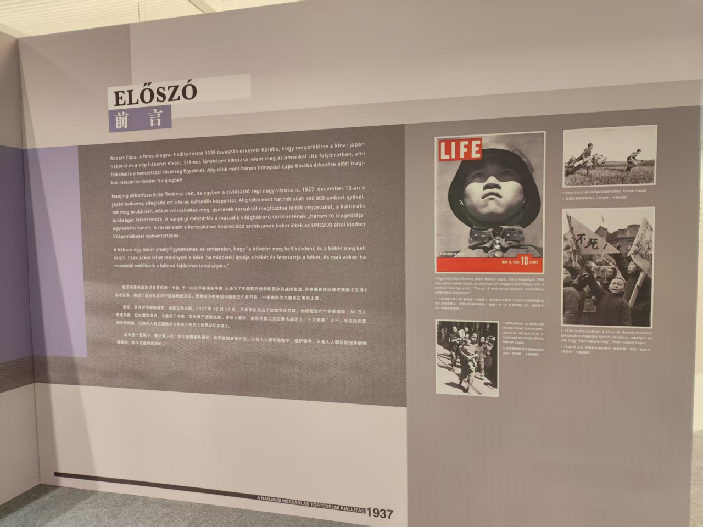
▲The exhibition in Budapest began with photos of the Chinese resistance taken by the renowned Hungarian war photographer Robert Capa, who used his lens to document the atrocities of the Japanese invasion.
In overseas exhibitions, the memorial uses third-party archival documents to bridge emotional gaps. It carefully selects a large number of historical materials from the perspectives of the victimized, the aggressor, and third parties, cross-verifying them. The memorial places emphasis on utilizing diaries, letters, documents, photographs, and audiovisual materials from professors, doctors, journalists, diplomats, missionaries, and other individuals from third-party countries. By letting history speak and allowing facts to make statements, it resonates with overseas audiences.
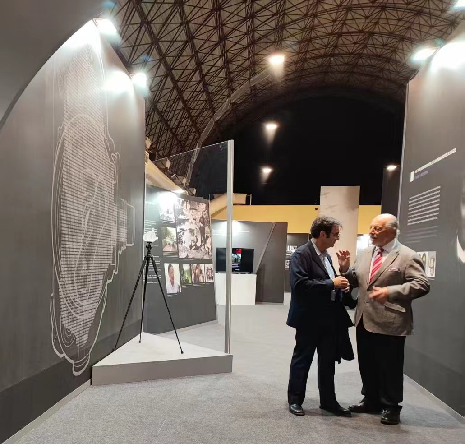
▲The camera used by John Magee is a first-class national cultural relic in our collection. Our memorial has specially made a full-scale replica of the Magee camera for display abroad.
In the exhibitions, the memorial also deepens the shared memory through creative design and interaction. It employs a well-balanced combination of images, text, exhibits, colors, and lighting to create an immersive atmosphere. For example, the use of color variations helps to guide the emotional expression of the audience.
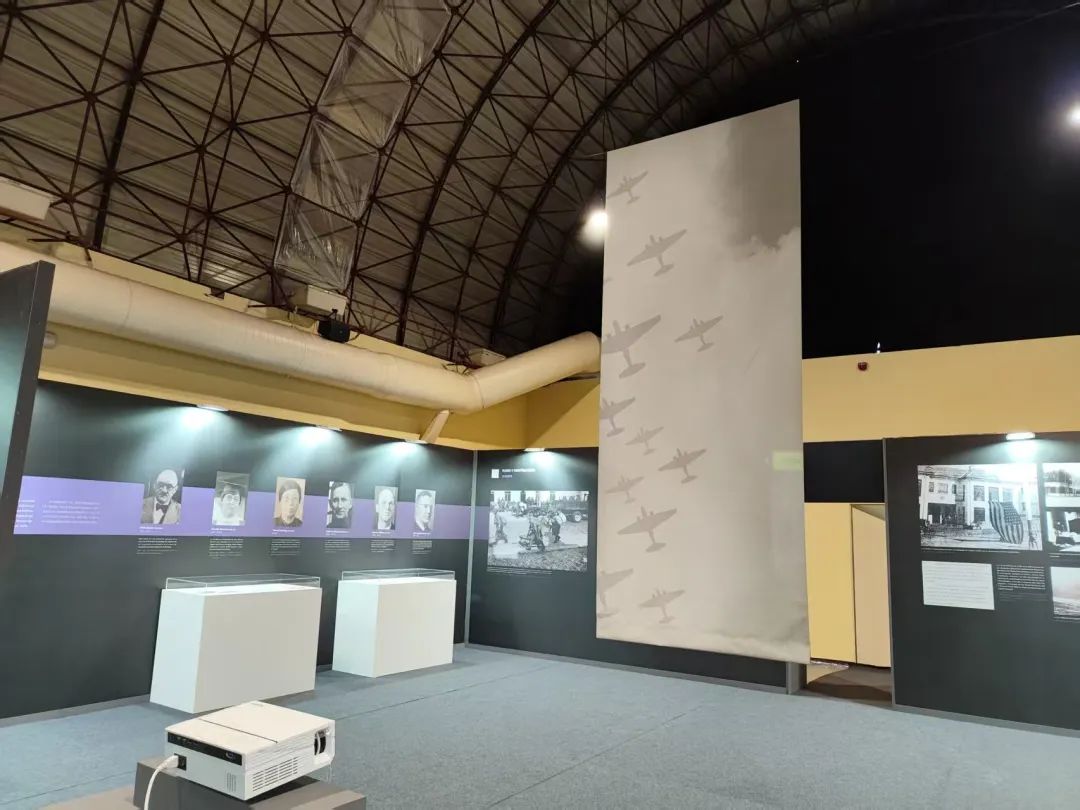
▲An interactive experience called the "12-second" device, featured in the exhibition, combines auditory and tactile elements, leaving a profound impression on visitors regarding the severity of the Nanjing Massacre.
Guarding the "Bridge of Civilization"
Actively Implementing the Global Civilization Initiative
The Nanjing Massacre was not only a catastrophe for the Chinese nation but also a disaster for human civilization. Overseas exhibitions inspire people to reflect on the importance of transmitting civilization from the dark memories of this civilized catastrophe and to firmly stand on the side of history that is correct and in support of human civilization's progress.
The memorial explores the connotations of the world's memory heritage, selecting Nanjing Massacre archives from the Memory of the World to enable the museum's documentary materials to "go abroad." For example, it showcases documents from Nanjing residents about the murder of their family members and property losses, the first publicly published book on the Nanjing Massacre edited by British journalist T. A. Bisson, and the death sentence of Tanaka Junji, the main culprit of the Nanjing Massacre case. These efforts bring the memory heritage closer to a broader international audience.
The exhibition highlights the National Memorial Ceremony for Nanjing Massacre Victims as one of its key contents and links it with World War II commemorative activities around the world. It emphasizes that the World Anti-Fascist War had a significant role in saving human civilization. Through China's National Memorial activities, overseas audiences gain an understanding of China's stance, remember the historical lessons of fascism's devastation of human civilization, and prevent the recurrence of such historical tragedies.
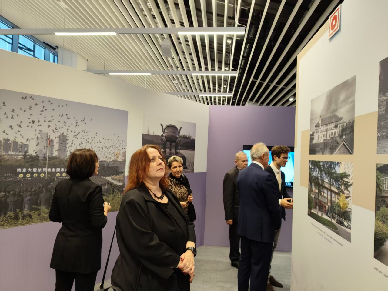
▲Introducing China's National Memorial Ceremony and related activities in overseas exhibitions.
The exhibition also demonstrates the vitality of innovation in the transmission of civilization, showcasing to the world the wishes and actions of people from China and abroad in inheriting historical memory and jointly safeguarding peace. As an "International City of Peace" and an international hub, Nanjing serves as a platform for the exhibition, showcasing how the descendants of international friends from that time continue to uphold the historical friendship with Nanjing.

▲Megan Brady, the great-granddaughter of American doctor Richard Brady, who actively treated refugees at Gulou Hospital, composed the song "Empathy," which moved many overseas audiences.

▲Over 430 international youth from 43 countries have become international volunteers at our memorial. Their stories and voices are shared with the world through the exhibition.

▲Young students who participated in our memorial's "A Lesson Before Going Abroad" program tell Chinese stories on the international stage, with one being honored as "Person of the Year" by the Auschwitz-Birkenau State Museum.
JointlyBuilding a "Bridge of Peace"
Promoting the Building of a Community with a Shared Future for Mankind
Overseas exhibitions center on "memory" and draw the largest possible circle of "peace," deepening people's understanding of the concept.
The exhibitions feature the "Zijin Grass" as a symbol of peace, using its story to convey the concept of peace. Many international audiences have transformed from being educated to becoming international disseminators, and their stories of spreading peace have become a significant highlight of the exhibitions.
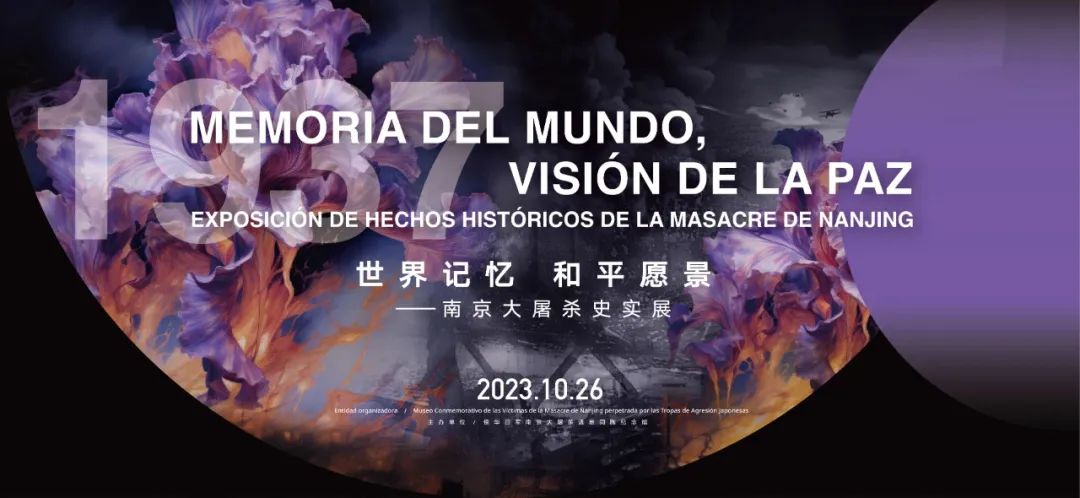
▲The exhibition poster features "Zijin Grass" as the background color.
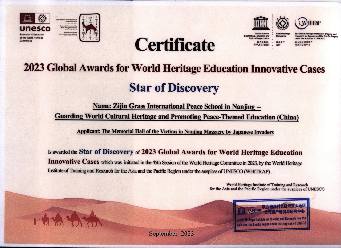
▲Our memorial's international peace education program, "Zijin Grass International Peace School," has been recognized as a "World Heritage Education Innovative Case" by the UNESCO Asia-Pacific Heritage Centre. Stories shared by international visitors have become a significant highlight of the exhibition.
Overseas exhibitions also disseminate the "voices for peace" from people around the world. The exhibitions attract interviews and reports from mainstream media, including national news agencies and television stations in the host countries. Our memorial's accounts on Facebook and X, titled "Nanjing Memorial," promptly transform the exhibition content into posts, enhancing their appeal and reach among overseas youth.
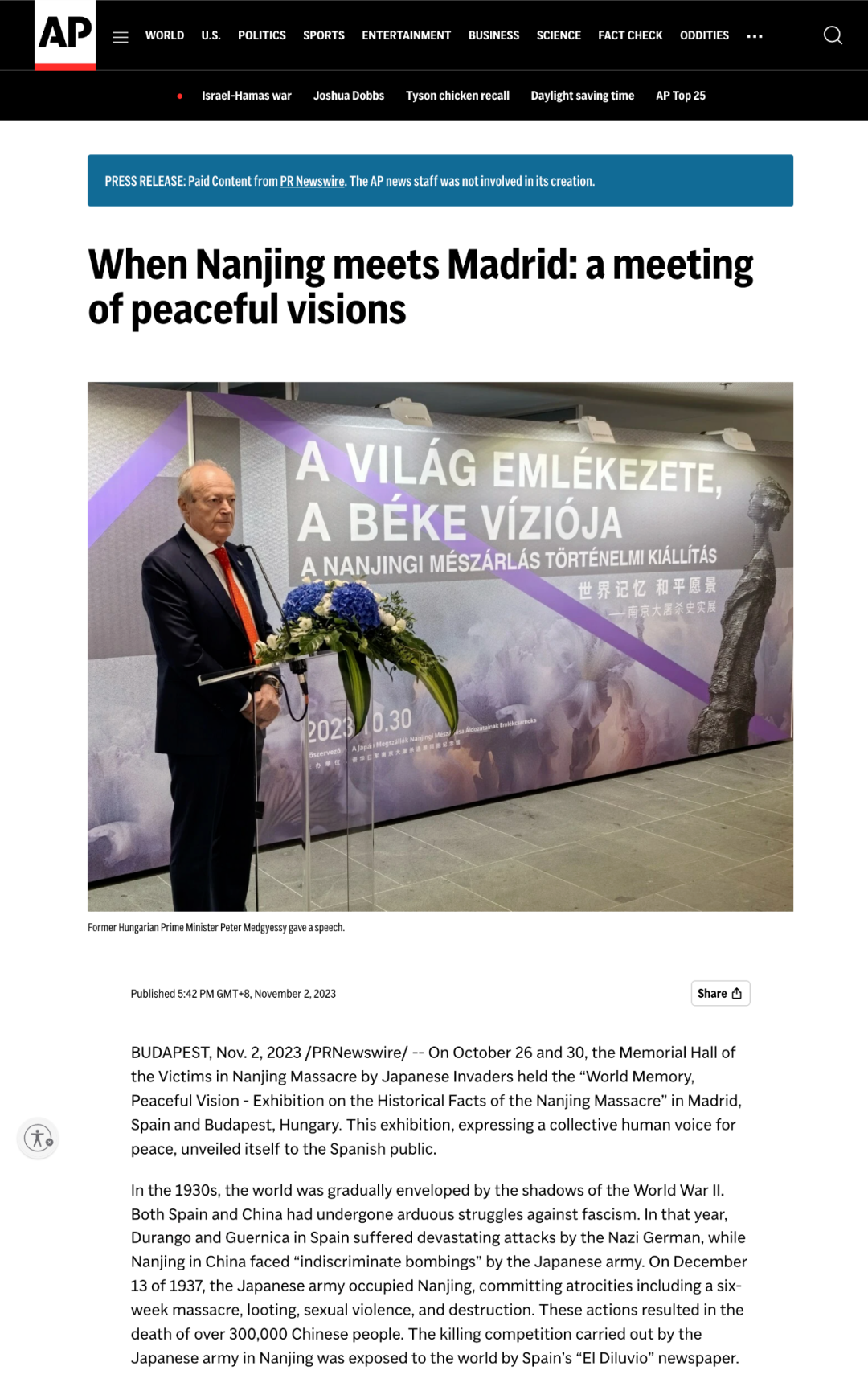
▲The exhibition has attracted interviews and reports from mainstream media, including national news agencies and television stations in the host countries.

▲Screenshot from the Facebook platform.
In the future, the memorial will continue to advance overseas exhibitions, adhering to the main theme of "remembering history, cherishing peace, and creating a better future." It will highlight the two key concepts of "memory" and "peace," delve into historical cross-sections, tell stories of individuals, and envision a shared future. The memorial aims to promote the "Memory of the World Vision for Peace" series of overseas exhibitions in more countries and regions. Doing so will better serve as a bridge to foster mutual understanding between China and the rest of the world. It will also ensure that historical memory ignites the flame of peace and illuminates the light of civilization!

